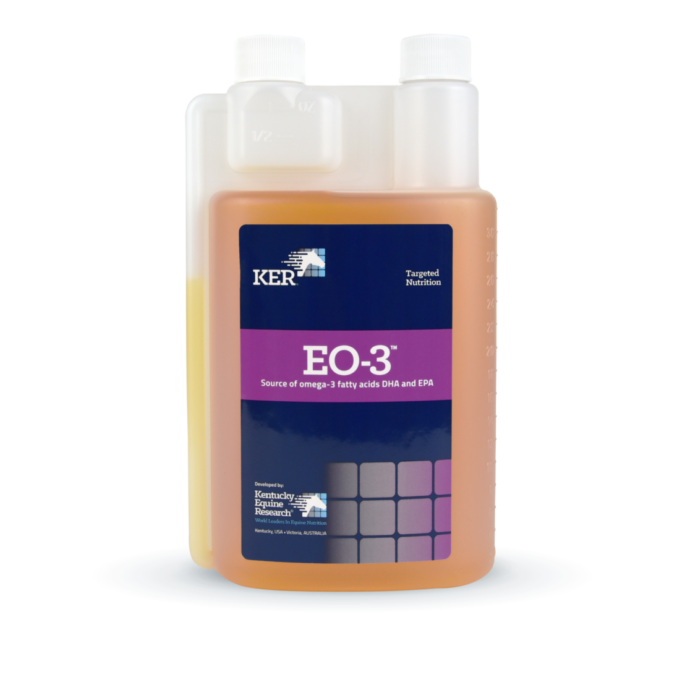Winter Laminitis

For many of us, forage in the form of grass can form a significant part of our horse’s ration. A frosty morning can be one of the few beautiful signs of winter to look forward to, but understanding what this might mean for your horse can be an important management tool.
Photosynthesis is the process whereby green plants (grass) use sunlight, water and carbon dioxide to create oxygen and sugar. When sugar production exceeds the amount required for growth, the excess sugar is then stored as fructan or starch for later use.
In normal conditions and when the temperature is above 5 degrees, sugar is accumulated throughout the daytime. The sugars are then used up overnight as the plant uses the sugar for growth and reproduction, or ‘respiration.’ This is often why it is recommended to turn a sugar-sensitive horse out overnight, as opposed to during the daytime. When the temperature is too low for the grass to grow overnight, the levels of sugar build up in the plant. For those that require careful management with regards to their sugar intake, turning out onto frosty pastures can therefore pose an increased risk.
What to do?
- Limit access to grass during frosty weather. Keeping your horse off of the grass until growing conditions have resumed will allow some of the stored sugar to be utilised.
- If restricted turn out is not available, offering alternative forage sources to try to reduce the intake of grass can be useful.
- If stabling is an option, providing buckets of low-calorie chaff or soaked hay can help to maintain fibre intake in a much safer way.
Cold-induced laminitis
There is further research to suggest that the cold weather itself can increase the possibility of laminitis occurring. Insulin levels have been found to rise in the winter and can become variable in cold weather. For a healthy horse with a normal insulin response, this is of course no cause for concern, but for a horse that has a metabolic condition it can become an added problem. Blood flow in the hoof of a metabolically challenged horse can be also altered by the abnormal contraction of a blood vessels in cold weather. Disruption or restriction of blood flow to the laminae can lead to a weakening in the structures within the hoof. In severe cases, this will mean that the bone and hoof wall can separate, causing the coffin bone to rotate.
What to do?
- Feed a low starch, low sugar diet that is appropriate for your horse’s calorie requirements. Overweight and obese horses have a greater risk of developing laminitis, and so maintaining an optimum body condition is crucial.
- Feed a balanced ration that will provide the correct nutrients for hoof health. Fortified feeds that contain biotin, methionine and zinc will support hoof growth and horn quality.
- Maintain an appropriate level of exercise where possible. Research has found that exercise can improve insulin response. Even 20 minutes per day can help to encourage weight loss and keep your horse active.

EO.3™ - DID YOU KNOW?
EO.3™ is a unique source of omega-3 fatty acids, derived from marine sources that can help maintain an optimal omega-3: omega-6 fatty acid ratio in equine diets. These essential fatty acids cannot be made by the horse and therefore must be supplied in the ration.
Research has shown that horses suffering from metabolic disorders could benefit from the additional supplementation of omega-3 fatty acids in the diet as it can help to increase the cell sensitivity to insulin which in turn helps with the insulin response. The omega 3 oil that is in fish oil is already in the form the horse can use so does not need to be converted, making it more bioavailable. If you wanted to supplement the diet with EO.3™ I suggest feeding 30ml per day.
NEED GUIDANCE?
If you would like any further information, please feel free to contact our nutritional team on 01622 718487 or email info@saracenhorsefeeds.co.uk
Download our body condition scoring chart
Quick Feed Finder
Use our quick and easy feed finder as a guide to select the right feed for your horse or pony.











